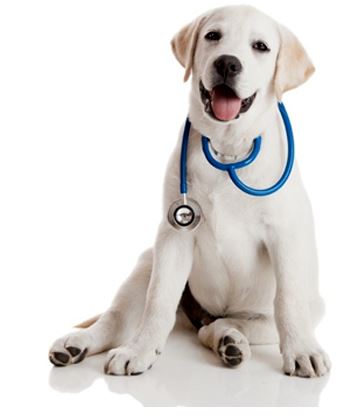Dr. Phil Zeltzman’s Blog
A cool way to predict heart disease in your pet
Did you know that there is a super simple test you can do to assess the health of your dog or your cat’s heart?
The test is called the Sleeping Respiratory Rate or SRR.

How to measure the SRR
Measuring the Sleeping Respiratory Rate simply involves counting your pet’s breaths!
Count your pet’s breaths when (s)he is sleeping in a room at a normal temperature, i.e. not too cold and not too hot. The number you come up with is measured in breaths/minute. You can either watch your pet’s chest go up and down, or look at the flank do the same. Count over 1 minute. Repeat this process daily for 3 days and calculate the average (simply add the 3 numbers, and divide by 3).
Make sure you make a note of the numbers you come up with, for example on a calendar.
What you’ve essentially accomplished is find out what we call a baseline. Any future measurement will be compared to this baseline number.
Continue counting once a week or so. If your pet’s SRR changes significantly between measurements, then you should measure it daily again to confirm the change, or to document a trend. If a trend does come up, you should contact your vet for further evaluation of your pet’s heart.
What is a normal SRR?
A normal Sleeping Respiratory Rate should be under 30 breaths/min in dogs and cats. It could be in the high-teens or low 20s. An SRR that is consistently greater than 30 breaths/min in patients with underlying heart disease is strongly suggestive of developing heart disease. More specifically, it could be a sign of Chronic Heart Failure (CHF). However, there are other possibilities, such as a respiratory disease along with mild heart disease. Your vet will have to decipher the mystery.
Benefits of the SRR
There are at least 4 reasons to assess and record the Sleeping Respiratory Rate:
- It’s an easy and very useful test to perform at home.
- It is the most sensitive indicator of early pulmonary edema or pleural effusion in dogs and cats. Pulmonary edema is “water on the lung.” Pleural effusion is fluid inside the chest (but outside the lungs).
- If your pet has heart disease, it is a good way to stay on top of things and hopefully prevent it from worsening and turning into Chronic Heart Failure.
- If your pet has Chronic Heart Failure, it is a way to make sure the treatment is still working well. Otherwise, maybe changes can be made to the medications or their dosages. Why is the SRR so brilliant
As you may know, dogs with heart disease may cough, but it is not consistent. And cats don’t cough at all.
Instead, cats have very subtle changes in demeanor, weight loss, appetite and activity
On the opposite, measuring the SRR works in all pets.
What you do with this information is up to you. I’d strongly suggest you do it. It’s free, fun and easy, and it can make a big difference in your pet’s life.
Until next time,
Phil Zeltzman, DVM, DACVS, CVJ

Dr. Phil Zeltzman is a traveling veterinary surgeon in Pennsylvania & New Jersey. An award-winning author, he loves to share his adventures in practice along with information about vet medicine and surgery that can really help your pets. Dr. Zeltzman specializes in orthopedic, neurologic, cancer, and soft tissue surgeries for dogs, cats, and small exotics. By working with local family vets, he offers the best surgical care, safest anesthesia, and utmost pain management to all his patients. Sign up to get an email when he updates his blog, and follow him on Facebook, too!

